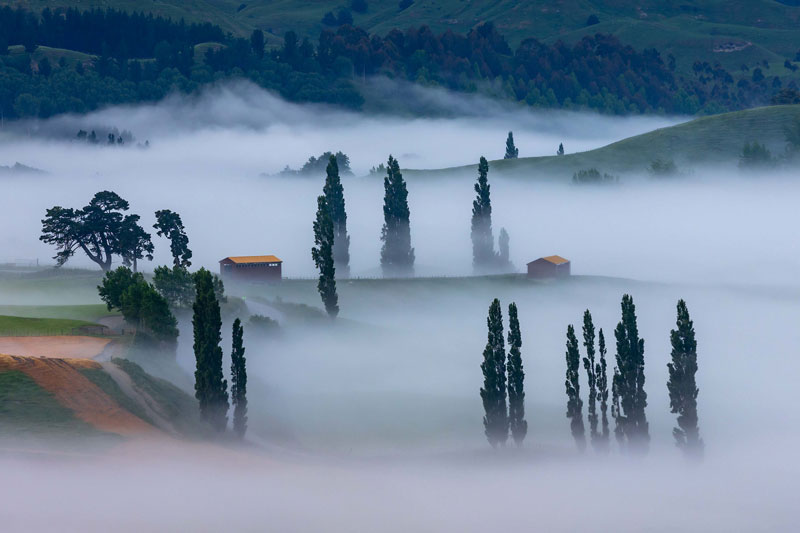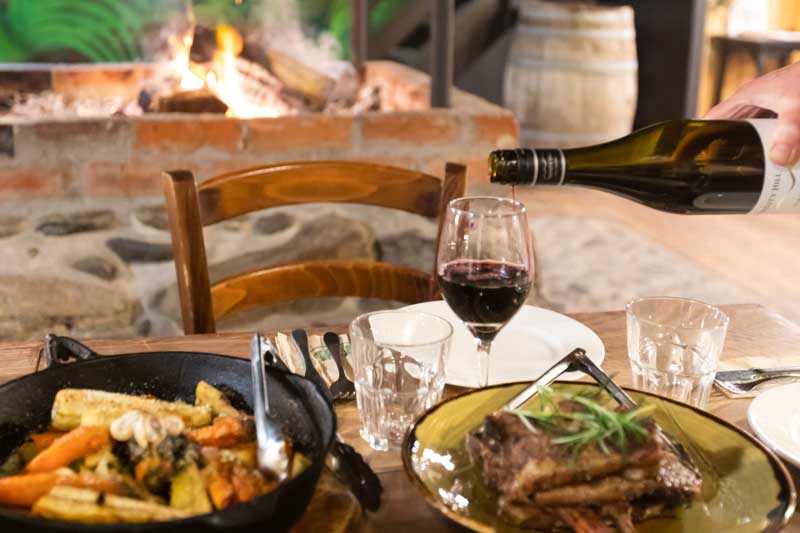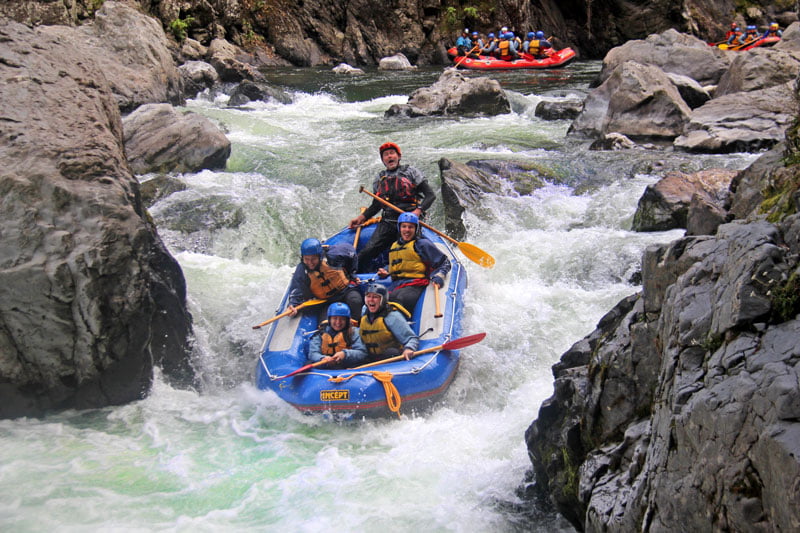What Price 100% Pure?
Water as clear as Gin
Having been a river guide for 27 years I believe I am well qualified to comment on the subtle slow changes I have observed in the river environment on which I have spent more of my working life than would be the norm, even of those experts who study the river as a job.
Those changes I have observed I put against the New Zealand 100% Pure brand. A brand that while originally being developed for our tourism industry and meant to talk more about someone’s experience, has come to encapsulate what many think of as the New Zealand brand. There can be little doubt that much of our agricultural sector certainly likes to piggy back on the back of this brand, whether it deserves to or not.
Why Do I Say, Deserve To Or Not?
Water as clear as Gin. Water so clear that you look down into a pool and see each individual rock. Water so clear you see trout lazily swimming, waiting for the next tasty morsel to drift by. Water so pure you can put your hand over the side of the boat, scoop up handfuls and drink your fill.
Most of the head water reaches of New Zealand rivers are still like this, clear and pure, but the pressure is on. This pressure comes from agriculture, and specifically certain agricultural practices.
In the South Island, especially on the Eastern side, the pressure is from plans to build new irrigation schemes, damming free flowing rivers and creating huge lakes to feed giant centre pivot irrigators, irrigating land for yet more dairy farms.
In the North Island, and on our river the Rangitikei, the pressure is more subtle and the effects at first less dramatic.
It Was Not That Long Ago
A little over 100 years ago the area in which I live was covered in biologically rich native forest. The early settlers transformed the landscape both here and in the rest of New Zealand. Vast swathes of forest were felled, with most of the debris being burnt, leaving behind fertile pasture land. Probably no other country on earth has ever had such a radical transformation of its landscape in such a short time. Even now we really do not know what the long term effects of such a massive change will be.
However it is the subtle changes that are of concern now.
Farmers, like anyone else running any sort of business, are under intense pressure to lift production and control costs. Technology and better management has driven much of the production increase success to date, and will no doubt do so in the future. It is the potential effects on the long term health of the environment, specifically the river, of some of these practices that I question.
A cattle feedlot right beside the Rangitikei River
Nutrient Enrichment – Into The Creek
Most upland New Zealand rivers have a low natural nutrient loading. Where farming practices have not controlled the leaching of nutrients into waterways we get blooms of periphyton (aquatic weed and algae) growth and a general fall off in water quality. This is especially the case where cattle have direct access to the river.
Riverside cattle feedlots are potentially major sources of both nutrient and faecal (cow shit) matter leaching into waterways.
Topsoil Loss – Down the Creek
A certain amount of topsoil loss is a natural process. Mountains and hills erode over time with the resulting material being swept downstream to create flood plains. However what we are now seeing is the cropping of very steep hill country where the existing vegetation is sprayed off by helicopter using a glyphosate based herbicide, after which seed and fertiliser is also applied by helicopter. The resulting crop is then grazed off by sheep or cattle.
It defies logic to expect that this practice will not increase the loss of topsoil.
River side hills undergoing hill country cropping
No Joy With This Traveller
Unfortunately it is not only agriculture that threatens our upland river systems. The other area of concern is the invasion of non native weed species. Species such as Clematis Vitalba or Old Man’s Beard (Travellers Joy) that while quite controllable in Europe where it came from, in New Zealand spreads rapidly, and appears to almost grow on steroids, smothering and eventually killing native forest.
Control of this weed and others is difficult, expensive and long term.
Is The Rangitikei Still Beautiful?
Without a doubt, the hill country of the Rangitikei is still one of the more beautiful places on earth, however I believe the subtle warning signs are there, signs that most people would not notice, but I see, small changes. More aquatic weed growth at low water, more silt on the rocks in eddy areas, the river running chocolate with topsoil after heavy rain. Downstream forest remnants being lost to Clematis Vitalba.
Can 100% Pure Be Saved?
I am an eternal optimist and believe that yes, we can save 100% Pure. How we do that as a nation is way too big a subject for this article, though as individuals and companies we can all do our bit.
For River Valley our bit includes:
- Riparian Planting
- Pest (stoats) and weed (Clematis Vitalba) control within our patch
- Meticulous waste control and recycling
- Sharing our concerns and what we see with our guests and the wider community
- Getting more people into our natural environment and opening their eyes to just how special it is
If you would like to know more about what River Valley is doing, contact Brian Megaw. Better still, get out into this beautiful natural environment, and share the joy of being there with others. As the referee says in a game of rugby, use it or lose it.
There seems little point in having 50% Pure brand.
Brian Megaw


















































































